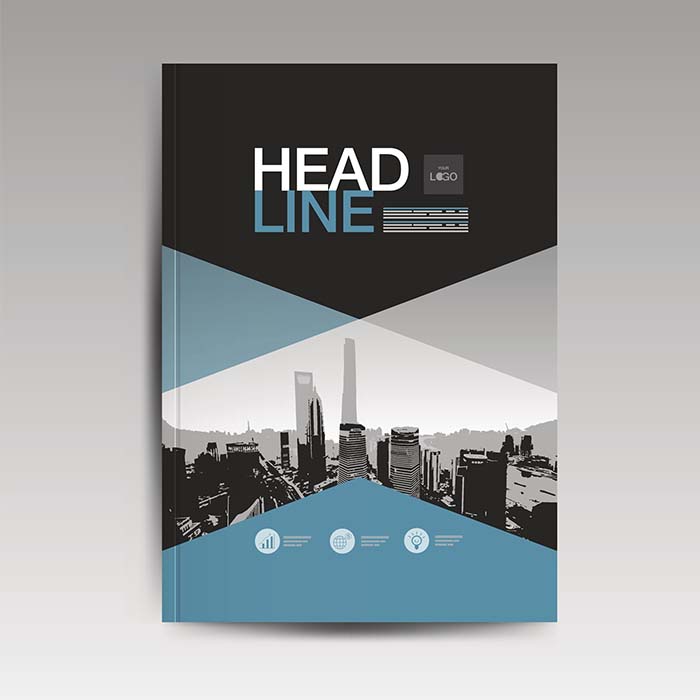Presentation folders
Boost company identity and impress customers with our premium quality, durable and fully customizable Presentation Folders. They're the perfect way to organize and display product information pricing and promotional material for business meetings, conferences, trade shows and more. Presentation Folders pair perfectly with Sell Sheets, Flyers and Business Cards.
Keep documents safe and organized.
Popular Uses & Ideas
Size
Paper Thickness
Paper Stock
Impress customers and employees with custom presentation folders.
Come prepared for business meetings, conferences, pitches and more with presentation folders. These high-quality business folders have a slot for your business cards and two inside pockets – so you can use them to store important documents and keep them from getting damaged.
Custom presentation folders are easy to design, convenient to pack or store and durable enough to put in the mail.
Read our guide for tips on how to turn a client meeting into a lasting business relationship.
Your designed folders will arrive pre-folded, assembled, glued and ready to go.
Paper stock & finish options
Which size is right for me?
What should I put in my presentation folders?
Include your business card in your folders to make sure that clients and prospects leave events and meetings with your contact information.
A branded folder is a great way to professionally present any brochures, booklets or catalogs about your products, services or company.
Read our guide for tips on how to turn a client meeting into a lasting business relationship
Client meeting guide: how to turn one meeting into a lasting business relationship

There’s a lot at stake in that first client meeting.
It can determine whether or not you and that client do business together.
As an independent professional, you need to show you’re capable, responsible and easy to work with.
So, how do you make sure you leave a positive impression?
In this article, author and entrepreneur, Anne Beall shares her top tips for identifying nonverbal cues and managing your body language when meeting a client for the first time.
Anne offers advice on how to:
Contacting someone for the first time
When contacting someone you’ve never met before, you have to answer their “what’s in it for me?” as early as possible.
But it’s important not to make it sound like a sales pitch.
You see, nearly everyone is put off by being sold to.
Instead, frame your offering around a problem that the person you’re contacting might need to solve.
For example, with sales calls, it’s a good idea to say something along the lines of “I'm going to share something that I think would be useful to your business. And I’d be happy to come by your office and share the information with you in person if you have time.”
Offering to share something that could benefit them in person is often more effective than trying to ask for a meeting, as the latter suggests you want to pitch.
Arranging a meeting
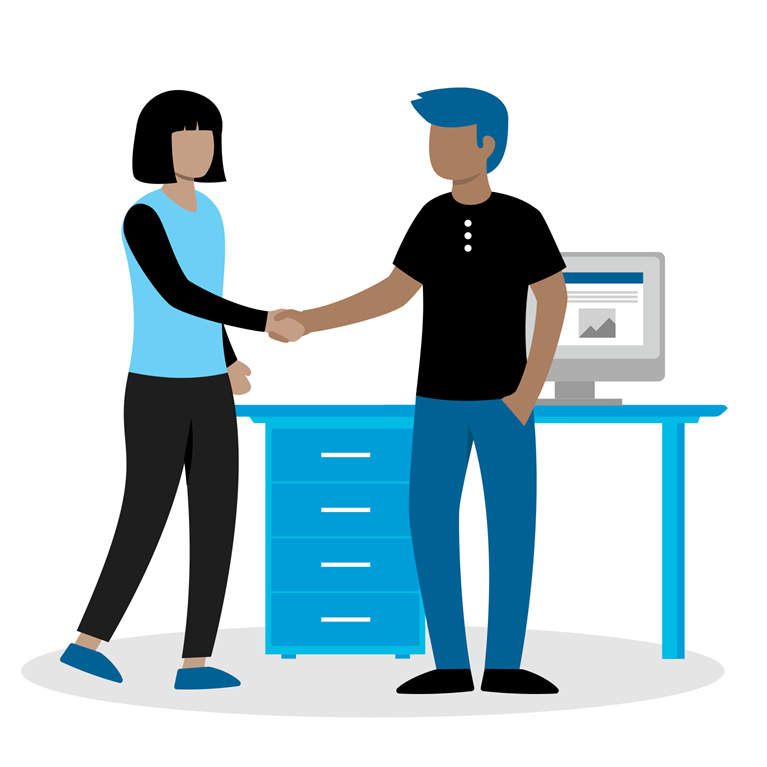
Picture the scene. You’re home from an exhausting-but-productive networking event.
You unpack a pile of fresh business cards, free merch, and open your browser to a stream of LinkedIn connection requests.
No time like the present to follow up with the new contacts you made, right?
Well, not always.
One of the pitfalls many people face is not planning a compelling follow-up message after meeting someone for the first time – this is arguably the most critical communication you’ll share.
Ultimately, what you write in that message will determine whether or not the person who receives it wants to meet you again.
Ask yourself—what do you hope to get out of following up?
Next, provide the person you’re writing to with some information that could help them in their work or business.
The problem with an email or LinkedIn message is that they’re the least emotionally expressive ways to start a conversation.
And it's very easy for people to stereotype and dismiss you when they’re skim-reading your message.
So, it’s essential to show upfront that you can provide the person with something they may find useful. You can even offer to go over it in more detail in person if they’re interested.
This approach is an effective way to get in front of people and connect.
Show interest in the other person
The seemingly innocuous chitchat you make with someone outside of the business conversation has a significant effect on how they will feel about you afterward.
Sharing an experience, even if it’s as simple as attending the same school or working for companies in the same sector, can provide common ground to put both of you at ease.
For example, if you’ve already connected on LinkedIn, you could try “I see we attended the same college, how did you enjoy your time there?
Because the person has made that information public on their profile, it won’t feel like you’re prying and shows you’ve taken the time to find out a little bit about them.
But if you don’t have any other information to go off, it could even be as simple as a throwaway question about their drive over or how their week is going so far.
Embrace small talk
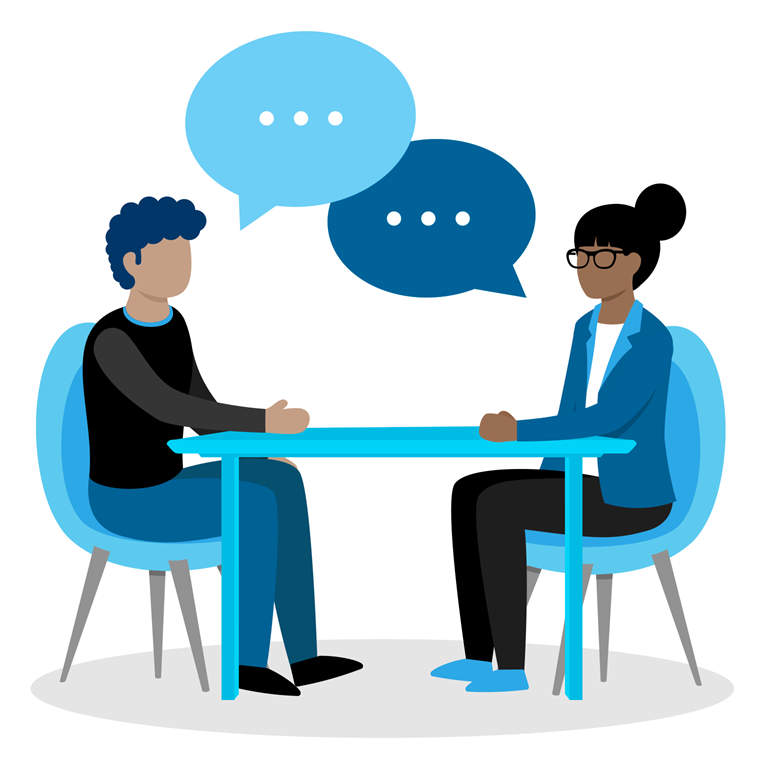
There’s a massive value in connecting emotionally. After all, conversation is the lifeblood of communication. And diving into business straight away can come across as pushy and impersonal to many people. And in some cultures, it’s considered just plain rude.
Taking time to build rapport in the first moments of a meeting can pay big dividends later. If the person you’re speaking to seems shy, you could suggest each of you offer a brief introduction to who you are and what you do. This shouldn’t be a pitch. The idea is to break the ice.
Invite the other person to tell you about their business. It’s beneficial to let the other person describe their business first for two reasons.
- It shows you're engaged and interested
- It allows you to identify their pain points and
adapt to their needs
Practice active listening
When you practice active listening, you fully concentrate, understand, respond and then remember what’s being said. This is the opposite of passive listening, where you just hear what’s being said while waiting to speak.
- Face the other person and maintain regular eye contact.
- Don’t plan what to say next; this makes it hard to concentrate on what the other person is saying.
- Nod your head, smile and respond with “yes” and “uh-huh,” to show that you’re listening and encourage the speaker to continue.
- Don’t fidget; look at your watch or play with your hair or fingernails.
- Asks questions relating to what the other person is telling you. Show the person you are actively taking in what is being said.
- Don’t interrupt. Wait until the person you’re speaking to breaks their stream of thought before asking them a question.
Focus on voice – yours and theirs
Your voice reveals a lot about how you’re feeling. And it can tell you a lot about the emotions of the person you’re speaking to.
We’re pretty good at telling whether someone is happy, sad, angry or worried by their voice.
Understanding stress or discomfort is particularly useful to follow. If the voice goes up in pitch or the person pauses a lot, it might suggest certain aspects of their business are difficult to talk about or are causing them stress.
Knowing how to listen out for a client’s pain points in their business offers an opportunity to tailor your services as a remedy to their issues.
Are you sitting comfortably?
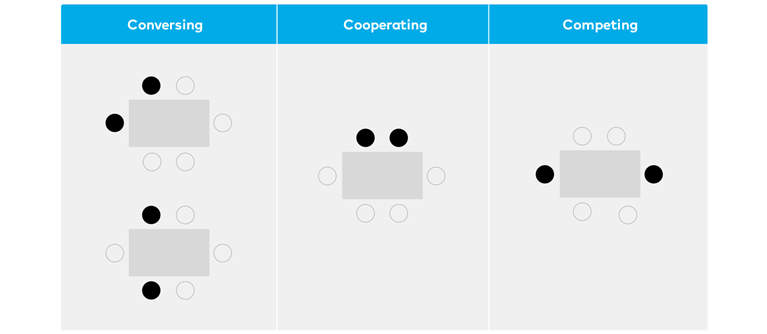
Relative orientation is the degree to which people face one another when talking. It generally indicates the extent to which someone is interested in and focused on the other person. Proximity is the measure of closeness between two people.
For example, sitting opposite is called parallel orientation. People tend to sit opposite each other when they’re talking. But, it can also be a common orientation during nerve-wracking situations like job interviews, first-time client meetings or between two unfamiliar people at different job levels in an organization.
And it’s worth noting that we tend to sit nearer people we like and are interested in listening to. Subconsciously, most people understand this. So where you sit speaks volumes about the person you’re meeting.
As people become less interested in and less focused on another person, they tend to angle their bodies away. An effective way to decode orientation is to observe where a person's feet are placed. Often people will point their feet in the direction they truly want to go.
Define next steps
Assuming your client meeting has gone well, you want to set expectations about how to proceed.
Let the client know when and how you’ll contact them next, and the information you plan to share. In doing so, you’re letting them know what they can expect from you and that you respect their time.
When sharing your contact details, practice good business card etiquette. For example, always ask someone if you can give them your card first.
And don’t jump the gun. In most Western cultures, it’s customary to wait till you’re finishing up the conversation before asking to share your card.
Follow up after your client meeting
It goes without saying that you should always follow up within the timeframe you agreed to at the end of your meeting.
And if you promised to share some additional information, now’s a great time to send that along.
Then mention something along the lines of “By the way, I've got some availability in the next two months, let me know if you need any support.”
However, if you don’t hear back, it’s safe to say the person is too busy right now.
You can always get back in touch in two to three months with some information they may find useful and a renewed invitation to talk about how you could potentially help them solve the problem they were facing the last time you spoke.
Just remembering that issue will show consideration.
Bonus tip: practice reading nonverbal communication the fun way
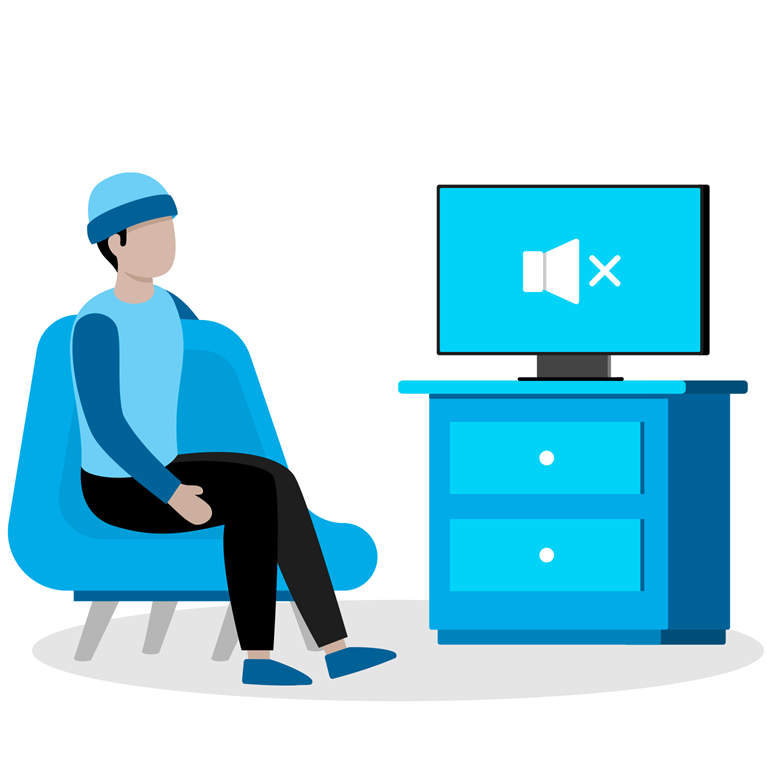
A great way to improve reading nonverbal communication is to watch movies you haven’t seen before with the sound turned off or muted. Because we rely so heavily on listening to the words, this approach forces you to observe the nonverbal behavior.
Try to work out how people think and feel about each other and what type of relationship they’re having. Then go back and watch the portion that you observed with the volume turned up.
See how much you were able to deduce just by observing their nonverbal behavior. By practicing regularly, you’ll get better and better at reading people.
Read our guide for Nonverbal Communication: what it is and how to read it
Nonverbal Communication: what it is and how to read it
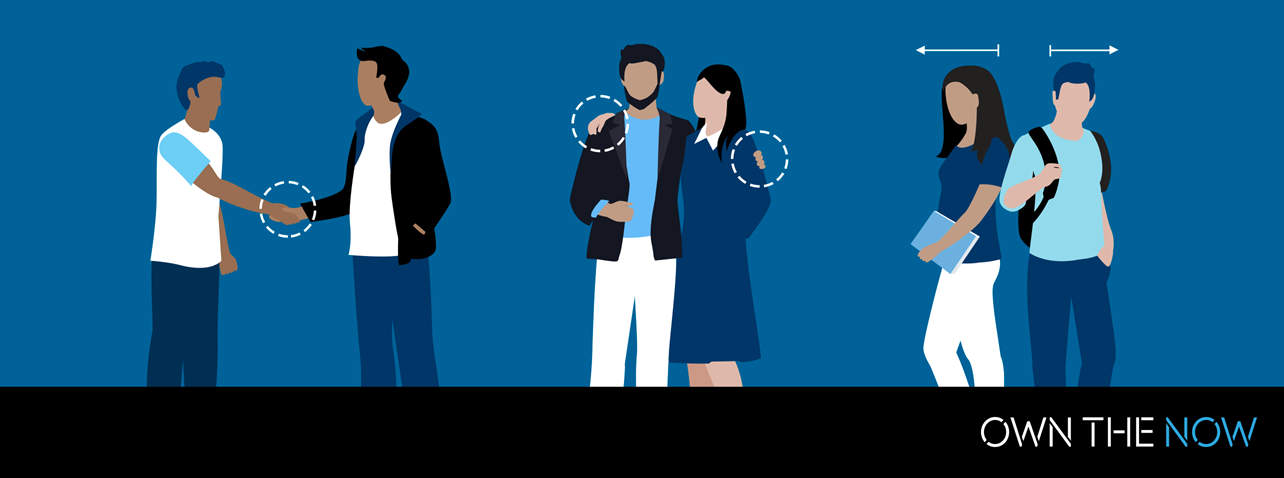
“You can choose not to speak, but you can never be silent nonverbally.”
In this article, Anne Beall, author, social psychologist and expert in the field of nonverbal communication introduces the foundation of body language and how to understand what it reveals about people’s feelings.
Unlike words, which provide information through their content and how they’re spoken, nonverbal communication involves the entire body. Your face, eyes, posture, hand movements, body orientation and proximity all reveal your feelings.
Anne created PERCEIVE™, her method for reading nonverbal behavior, after observing many business executives struggle to understand other people’s reactions effectively. She knew there was a need to capture this broad subject in a model people can easily follow and understand.
As a market researcher, Anne and her team use PERCEIVE™ to understand people who are unable or unwilling to express their thoughts and feelings about their habits and experiences with brands.
You can apply Anne’s advice to everyday situations to better read peoples’ reactions when introducing your business.
Proximity and relative orientation: understanding the foundation
First up, proximity and relative orientation. These form the foundation of all nonverbal communication.
All body language occurs within the context of these two things:
Your proximity and relative orientation are the main clues that reveal how you feel about someone. Here’s why:
Practice makes perfect. Try it for yourself by paying attention to:
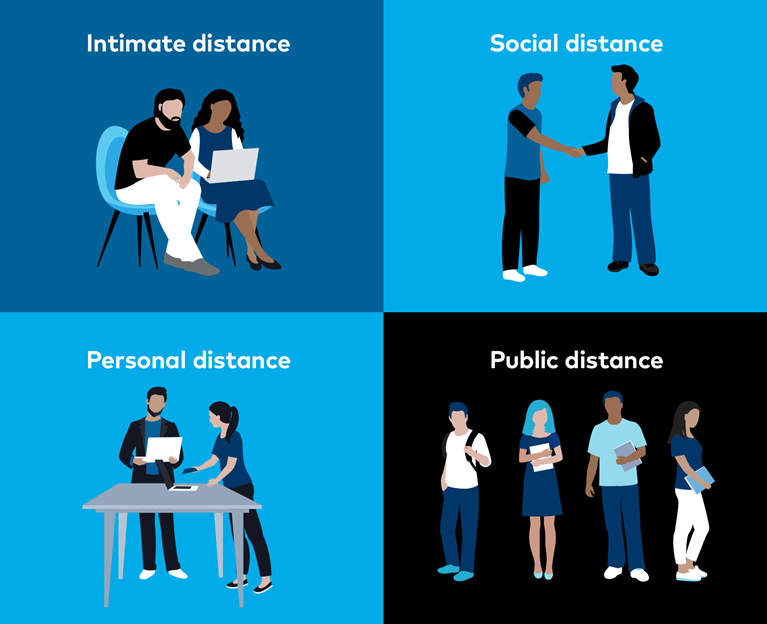
Expressions: decoding facial movement
The seven basic emotional expressions recognized by most cultures are happiness, sadness, anger, surprise, fear, disgust and contempt.
The degree to which we display our feelings depends on our environment. For example, people express milder versions of their feelings in the workplace or in professional situations.
And it’s very common for our colleagues and new contacts to reveal their emotions through partial expressions.
So, how can you tell how someone you’re talking to really feels? These are some common giveaways.
How to identify happiness
A real smile uses the eyes and the lips, whereas a false smile uses only the lips.
How to identify sadness
You can tell if someone’s feeling sad by their eyes and eyelids. The inner corners of the eyes and eyebrows are slightly raised.
How to identify anger
Anger is marked by a frown and lowered eyes. The eyebrows are drawn together, sometimes creating two lines between them.
How to identify surprise
Surprise is defined by raised eyes and wrinkles on the forehead.
How to identify fear
Fear involves the eyebrows, which are raised and may be slightly pulled together. Often the upper eyelids are raised.
How to identify disgust
Disgust involves lowering the eyebrows and wrinkling the nose along with raising the upper lip.
How to identify contempt
Contempt is typically shown by one corner of the mouth being tightened and raised slightly.
Practice identifying different facial expressions

Contact: what touch reveals
Touch communicates the type of relationship between two people. Physical contact gives away emotions and increases as relationships become closer and people feel more comfortable together.
The least amount of touch occurs in professional relationships, and the most happens between friends and those in intimate relationships. So, bear this in mind when communicating with new acquaintances, colleagues or business contacts.
People are more likely to touch those they’re trying to persuade or influence, or who are lower in status than them. Unsurprisingly, extroverted, self-confident people tend to touch people more often than those who are introverted.
Pay attention to:
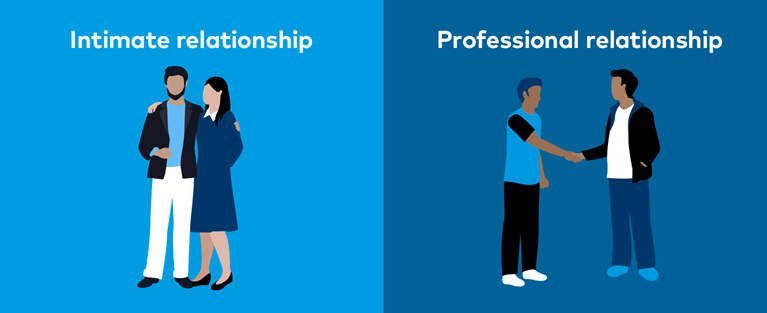
Eyes: see what really makes people tick
Again, without realizing it, you tend to look more frequently and for longer at people you like and people you’re interested in listening to.
Do you ever find that you look up and left when you have to think about something? Eye behavior reveals when something is cognitively complex or emotionally difficult to discuss.
Your eye movement reveals a lot about your personality attributes. People who are shy and socially anxious, or who have low self-esteem and negative feelings about themselves tend to spend less time looking at others. Confident, extroverted people engage in eye contact for longer.
Get better at reading eye behavior
Observe how eye contact is influenced by gender:
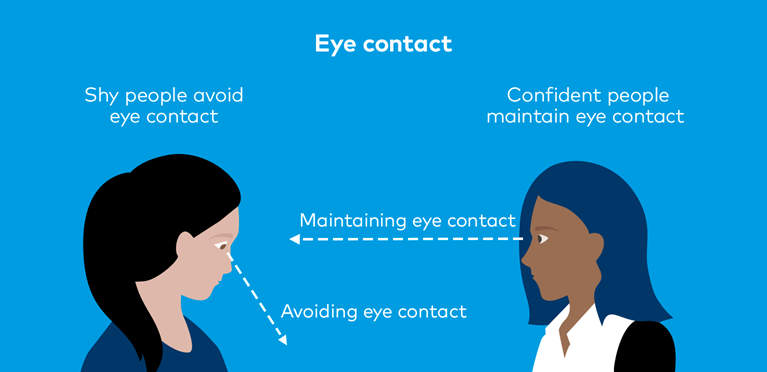
Individual gestures: what they give away
Gestures reveal people’s perceptions of the sizes, shapes, relative positions, and groupings of ideas, organizations, and people.
People reveal perceptions of time, the order of things and their bodily experience of an event by using gestures to reenact it.
And it’s worth pointing out that you’re most likely to gesture if you’re enthusiastic and confident about a topic.
A helping hand for understanding gestures
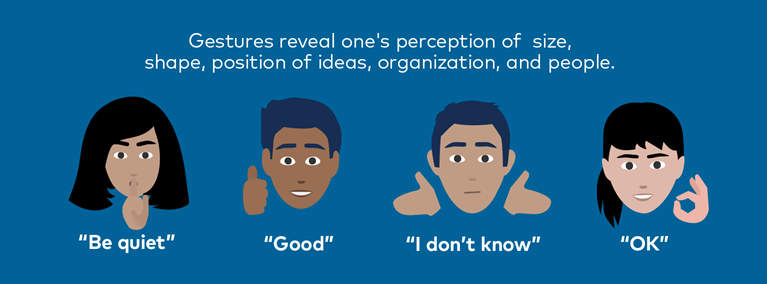
Voice: learn to read with your ears
Your voice is like as unique as your fingerprint. It differentiates you from others and makes you recognizable to people who know you. The sounds you make when you speak provide clues about your age, gender, ethnicity, and social class. Your voice also reveals clues about your emotions and when something is cognitively challenging.
The voice also reveals the underlying emotions of anger, sadness, happiness, fear, and contempt. These emotions are transmitted through speed, pitch and intonation.
Most people tend to model the speech of those they like and want to be like. And people who feel lower status tend to adopt the speech of those who are higher in status.
How to read someone’s voice
We often pay more attention to what people are saying than to how they’re saying it. To improve your ability to read the voice, try the following:
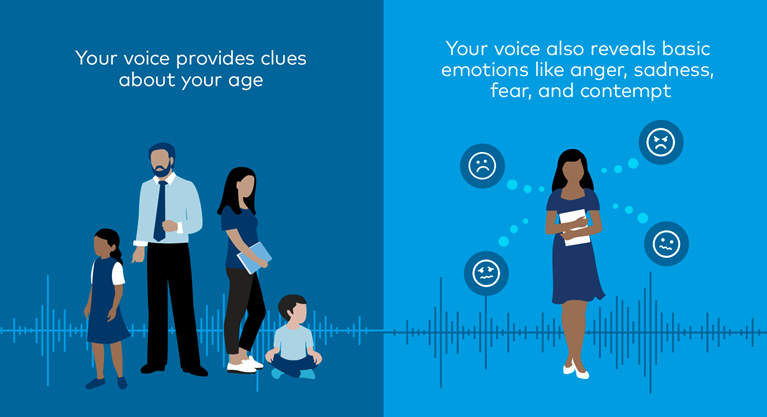
Existence of adaptors: small behaviors that say a lot
Adaptors are behaviors like playing with your hair or twirling a pen. These are a natural response to negative reactions we have to ourselves or to others.
These behaviors are often subtle and easy to miss. To become better at reading adaptors, start noticing these when these behaviors tend to occur.
Adaptors fall into two groups: self-adaptors and object-adaptors.
Common object-adaptors include
Common self-adaptors include
Learn how to read and control your own adaptors
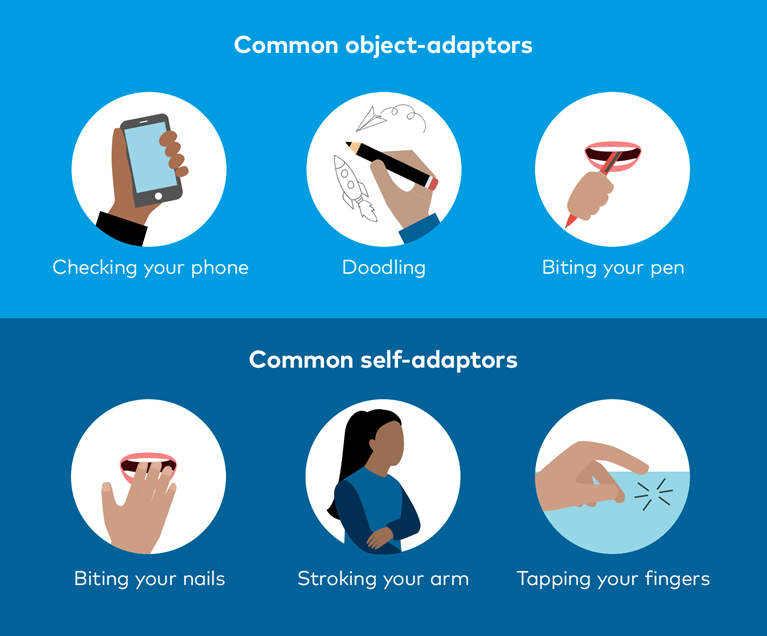
And finally, when observing people’s body language, pay special attention to these three things:
In the same that learning to speak a new language involves way more than memorizing vocabulary, understanding nonverbal communication is best learned in stages. Practice each of the sections on their own and then piece everything together.
And like most second languages, it’s difficult to learn at first, but rewarding as you become more fluent.
As you learn to read others better, think about what your own nonverbal communication reveals about you. Remember, the things you see in others are things people may see in you.

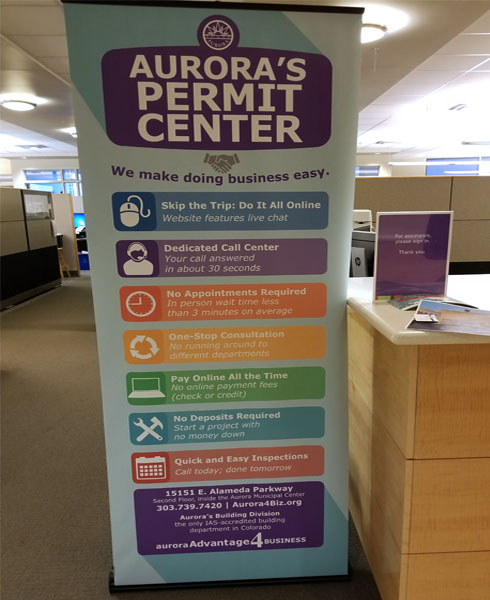 Banners with stand
Banners with stand
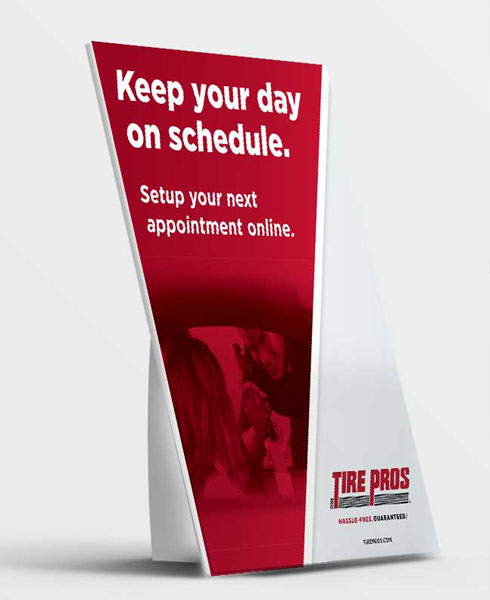 Counter cards
Counter cards
 Event tents
Event tents
 Flags
Flags
 Table tent cards
Table tent cards
 Adhesive vinyl
Adhesive vinyl
 Cars magnets
Cars magnets
 Fabric banners
Fabric banners
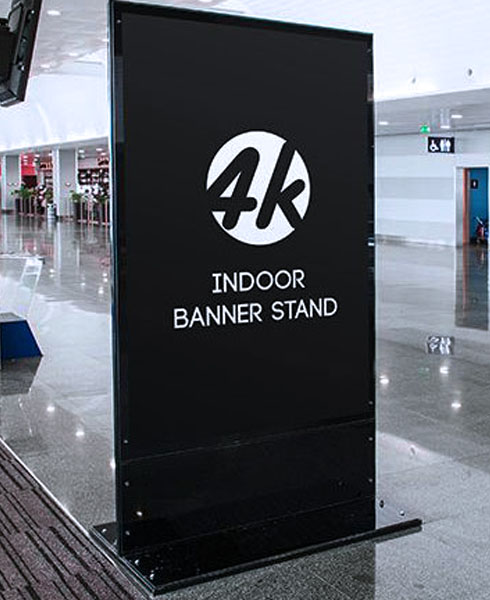 Indoor banners
Indoor banners
 Large posters
Large posters
 Outdoor banners
Outdoor banners
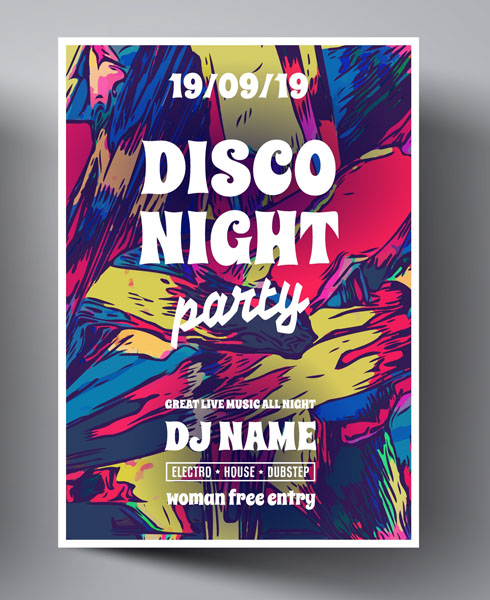 Posters
Posters
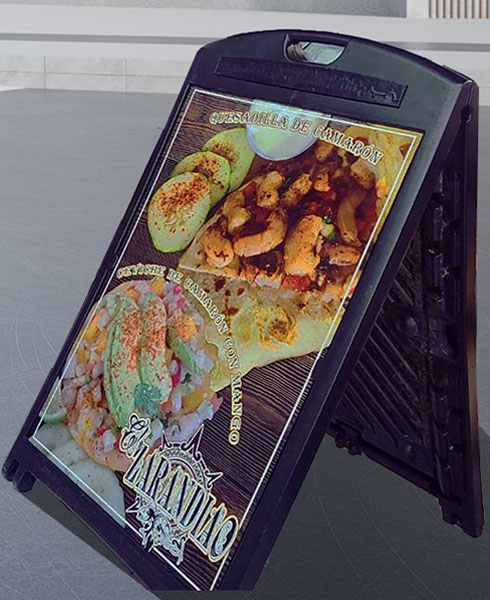 Sidewalk signs
Sidewalk signs
 Signs
Signs
 Window graphics
Window graphics
 Sign consulting
Sign consulting
 Designing
Designing
 Engineering drawing
Engineering drawing
 Installations
Installations
 Monuments
Monuments
 Spinner signs
Spinner signs
 Grow your audiences
Grow your audiences
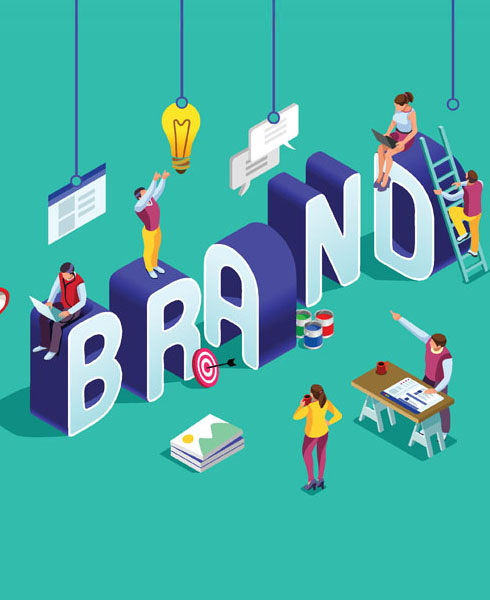 Build your brand
Build your brand
 Maximum Customer Engagement
Maximum Customer Engagement
 Announcement cards
Announcement cards
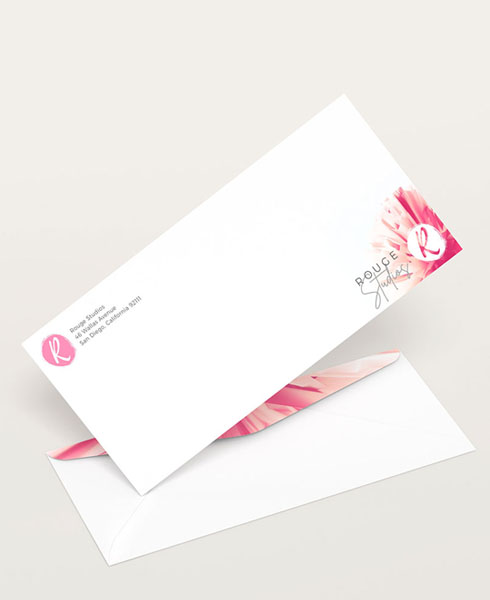 Envelopes
Envelopes
 Greeting cards
Greeting cards
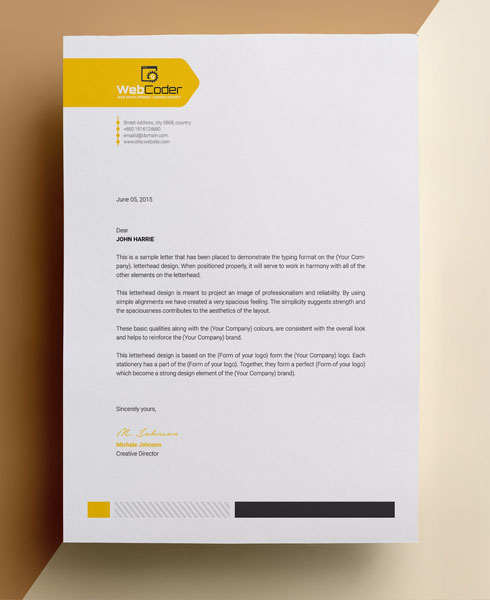 Letterhead
Letterhead
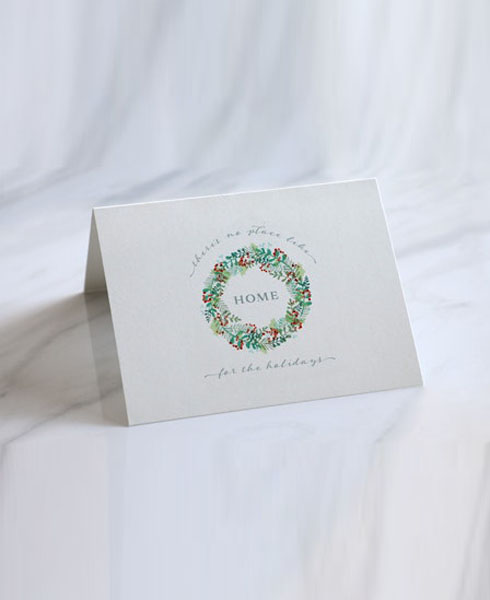 Natural cards
Natural cards
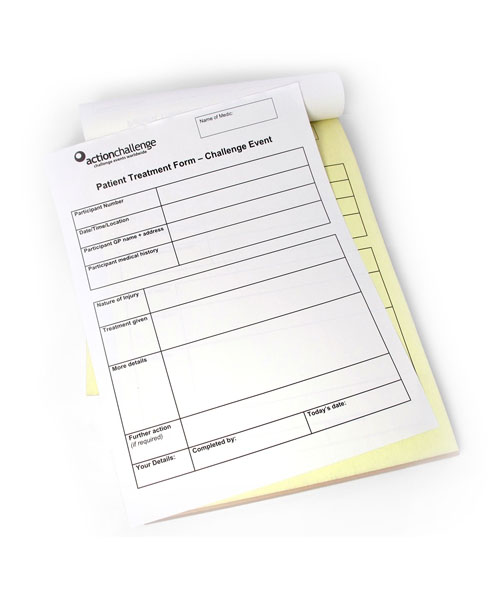 NCR forms
NCR forms
 Notepads
Notepads
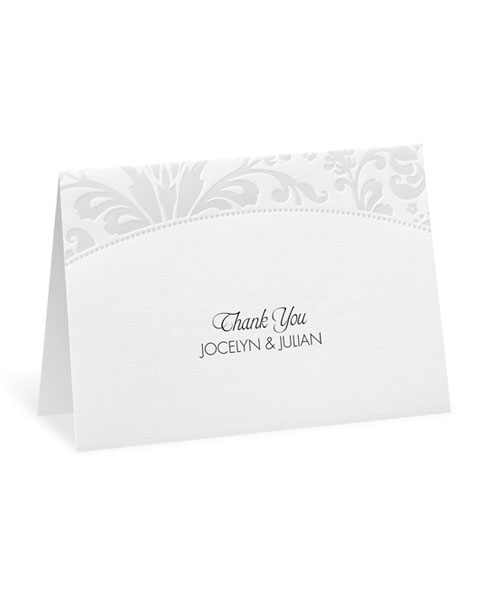 Pearl cards
Pearl cards
 Door hangers
Door hangers
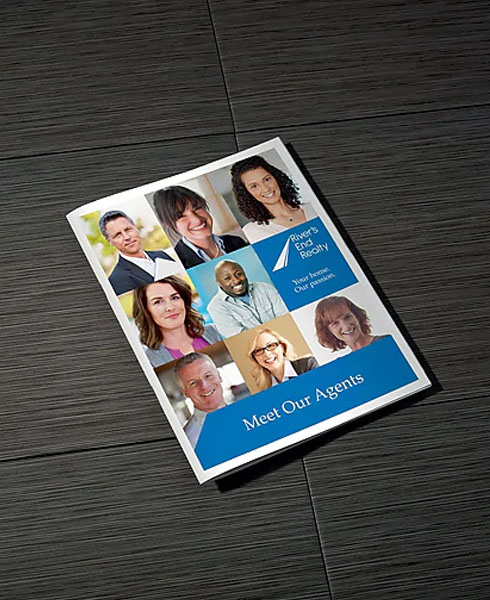 Booklets
Booklets
 Calendars
Calendars
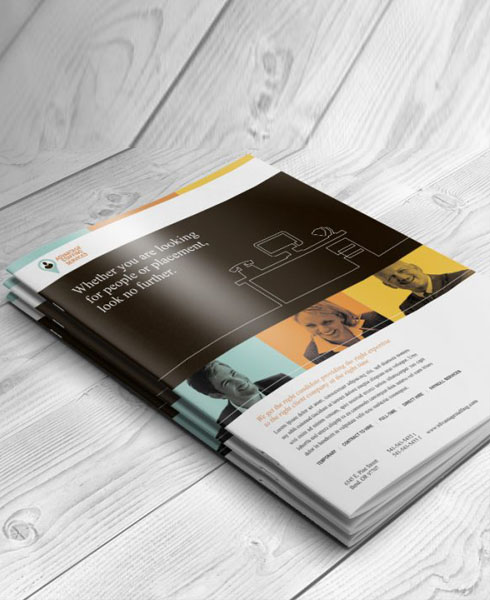 Catalogs
Catalogs
 Cd and dvd
Cd and dvd
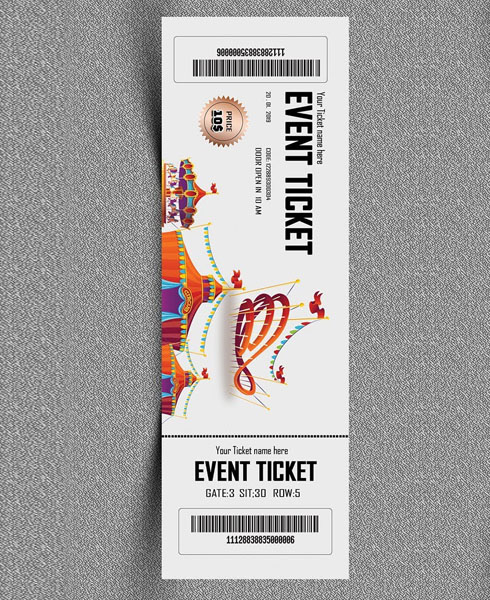 Event tickets
Event tickets
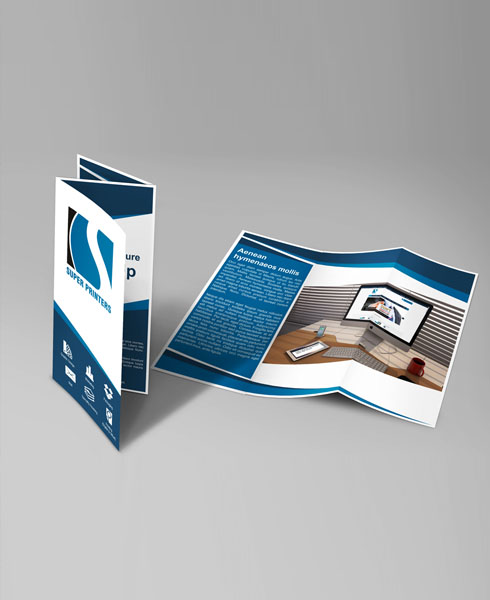 Flyers and brochures
Flyers and brochures
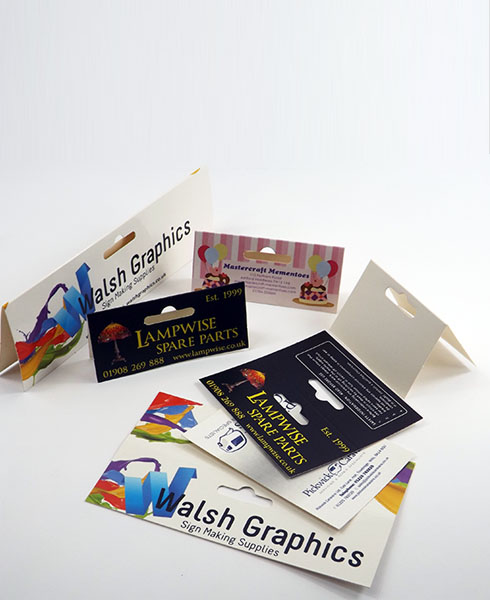 Header cards
Header cards
 Magnets
Magnets
 Menus
Menus
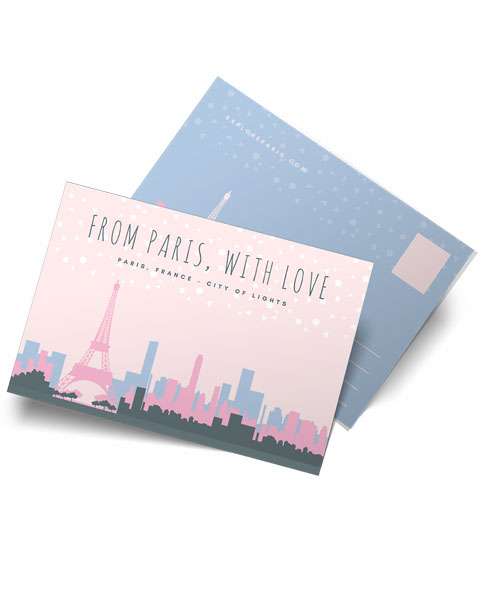 Postcard
Postcard
 Hats
Hats
 Presentation folders
Presentation folders
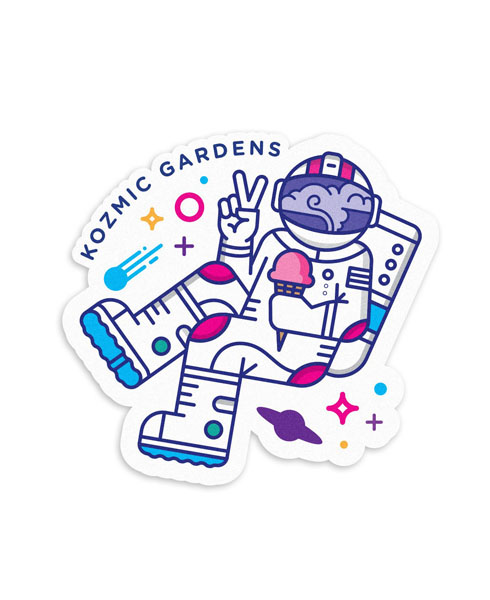 Stickers
Stickers
 Roll labels
Roll labels
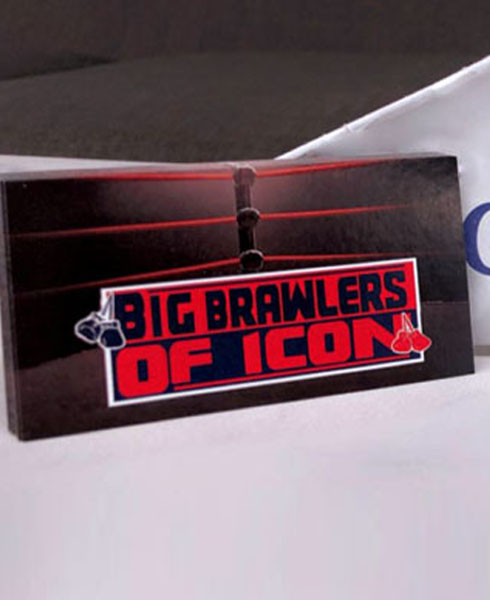 Business cards
Business cards
 Full Vehicle Wraps
Full Vehicle Wraps
 Windows Graphics
Windows Graphics

